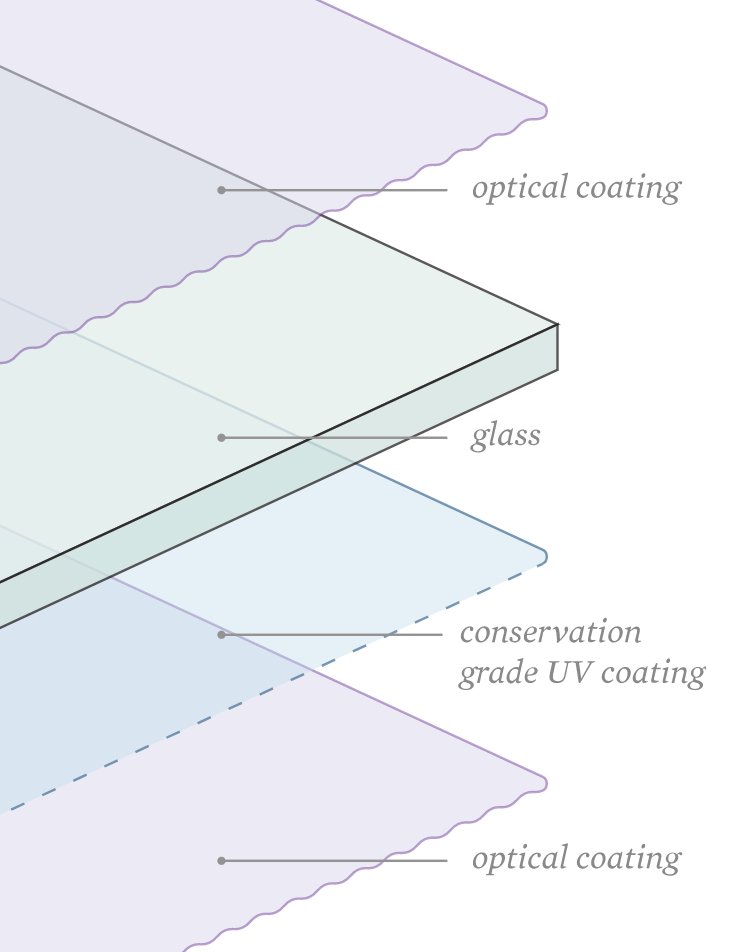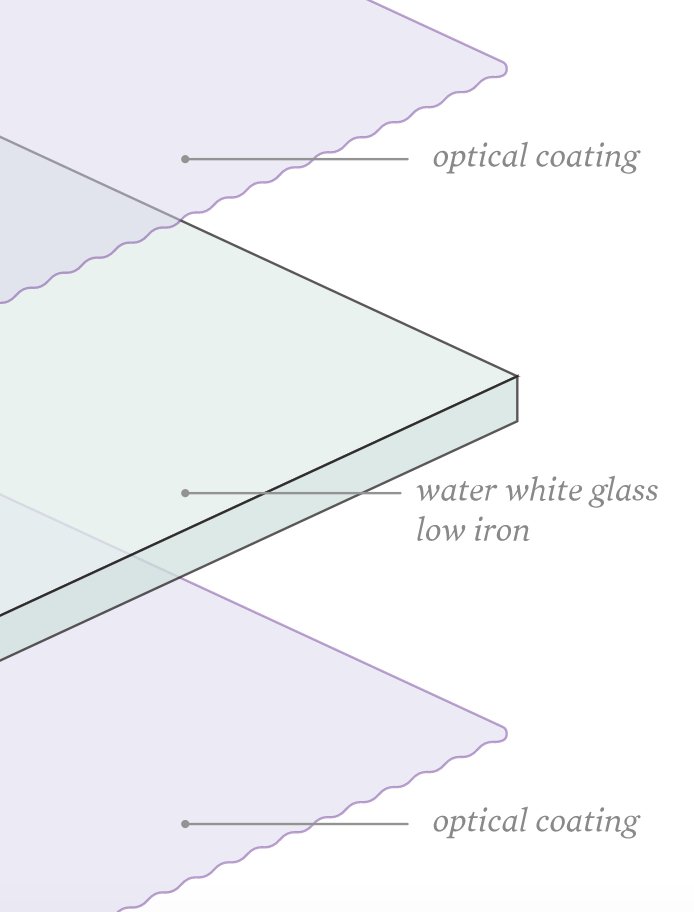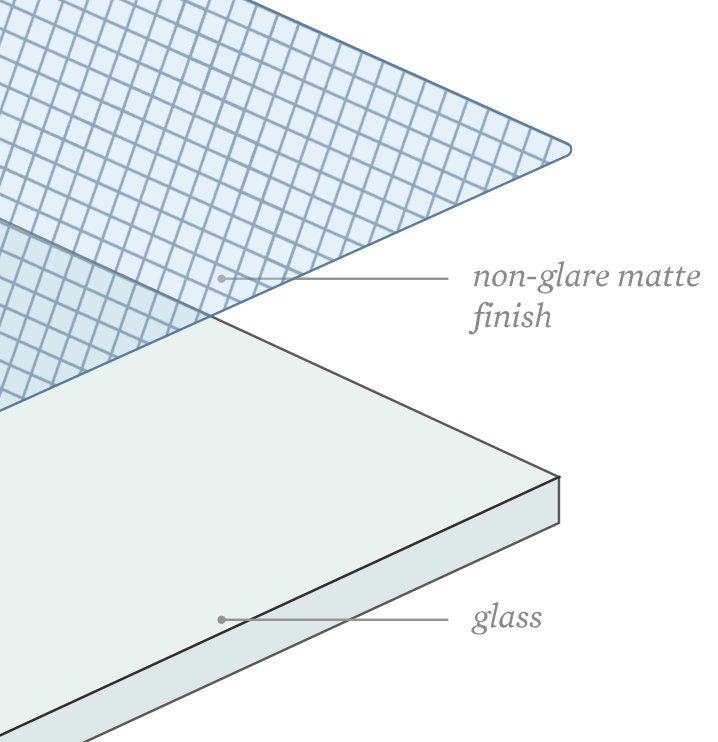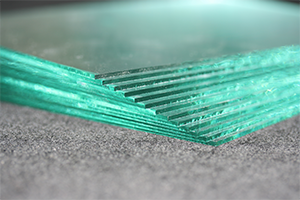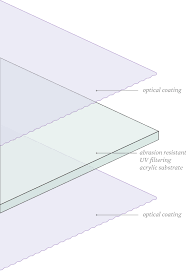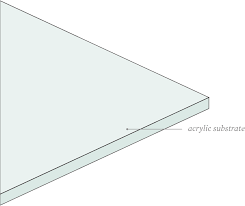Frame Glazing
Here at The Bespoke Framer we stock 3 main types of glass, UV70, Non-reflective and float glass. But there are many other types of glass and acrylic available to our customers, each with there own unique properties…
Here are some of the glass options that we can offer to our customers and a brief outline of their properties:
Museum Glass®: Is one of the best options because it will give you museum-grade protection. Some of the largest galleries and museums in the world trust this glass to protect history’s most priceless works of art. Its uncompromised protection and clarity preserves and protects the image behind the glass from harm. Its 2.5mm thickness offers better strength and rigidity than your basic, everyday picture frame glass, ensuring unparalleled clarity for years to come.
UV70 / UV92 : Which block 70% / 92% of UV rays. This is conservation grade glass and is perfect for keeping historic images and items of value in excellent shape, especially in highly lit environments, either via sunlight or lightbulbs.
Non-Reflective glass: This glass will offer a non-reflective quality to your item, it works very well with dark images, but will offer no protective qualities to your item.
Basic float glass: While protective against everyday wear and tear elements, dust etc, Float glass does not offer anti-reflective or UV protective properties, so will not help to prevent colour fade, sun damage etc. We do not recommend using float glass to protect your most cherished memories, or items of value.
Acrylic, as opposed to glass, has some different uses and properties. Here are some of the most popular types of acrylic:
Optium Museum Acrylic: Trusted by the world’s most renowned museums, this state-of-the-art glazing boasts a virtually invisible anti-reflective coating allowing viewers to see the finest details in crystal clear color neutrality, while its UV-filtering, abrasion resistant acrylic, and anti-static coating offer uncompromising protection and preservation. Acrylic, however, is much lighter than glass, so it offers even further opportunity for wall hanging your most cherished memories.
Conservation Clear Acrylic: While conservation clear doesn’t offer the same level of protection against abrasions and static as Optium Museum Acrylic, it does block 99% of UV rays and has shatter-proof safeguards in place.
Standard acrylic Glass: Standard acrylic glass doesn’t offer the same level of protection as any of the above two products, but it is fine for displaying images indoors so if you printed off photos from a family vacation that you can easily replace, standard plastic glass may be fine for you. But if you’re trying to protect a once-in-a-lifetime image/document, you should go with a product that offers conservation qualities.
During the consultation process we will advise the best glazing options to suit your item.
